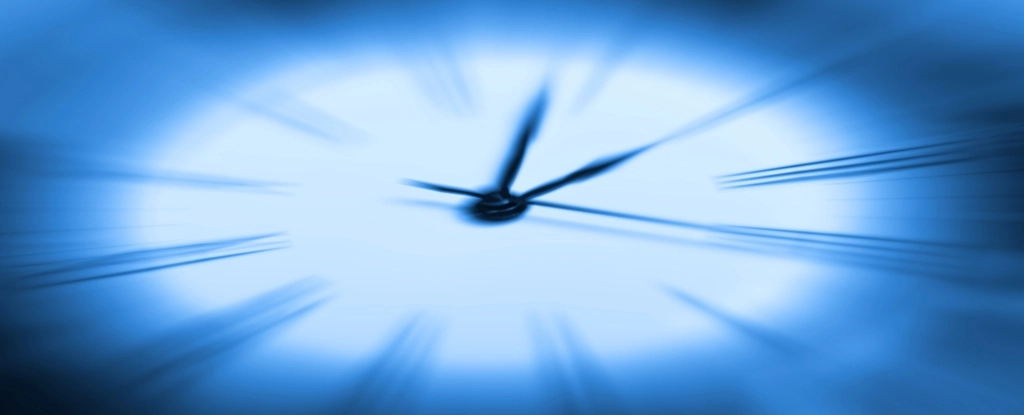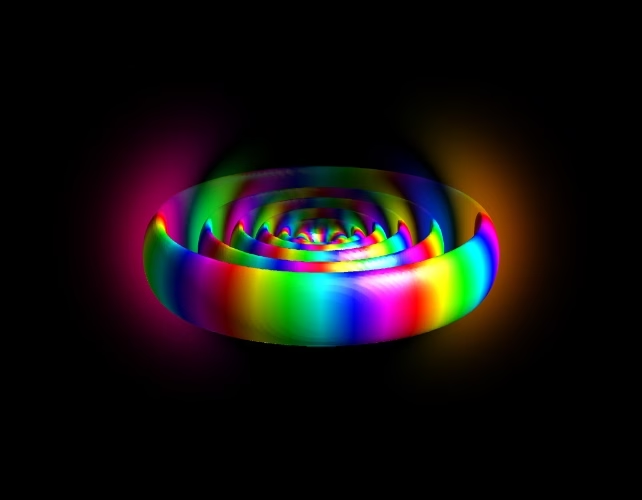Scientists have found a completely new way to measure time
- November 24, 2024
- 0
Marking the passage of time in our world of ticking clocks and swinging pendulums is a simple case of counting the seconds between then and now. But the
Marking the passage of time in our world of ticking clocks and swinging pendulums is a simple case of counting the seconds between then and now. But the

Marking the passage of time in our world of ticking clocks and swinging pendulums is a simple case of counting the seconds between then and now. But the “then” of electrons whizzing by on the quantum scale is not always predictable. Worse, the “now” often turns into a fog of uncertainty. The stopwatch does not work in some scenarios.
According to a 2022 study by researchers at Uppsala University in Sweden, a potential solution may be found in the form of quantum fog. Their experiments on the wave-like nature of something called the Rydberg state revealed a new way to measure time that does not require a precise starting point.
Rydberg atoms are the overinflated balloons of the particle world. These atoms, blasted with lasers instead of air, contain electrons in extremely high energy states orbiting far from the nucleus.

Of course, not every laser pump requires blasting an atom to cartoonish proportions. In fact, lasers are widely used to drive electrons into higher energy states for a variety of purposes. In some applications, a second laser can be used to monitor changes in electron position, including over time. These pump-probe techniques can be used, for example, to measure the speed of some ultrafast electronics.
Putting atoms in the Rydberg state is a useful trick for engineers, especially when it comes to designing new components for quantum computers. Needless to say, physicists have accumulated a significant amount of knowledge about how electrons behave when pushed into the Rydberg state.
However, because they are quantum animals, their movements are not like beads sliding on a small abacus; it is more like an evening at a roulette table, where every throw and bounce of the ball is concentrated into a single gamble.
The mathematical rulebook behind this crazy Rydberg Electronic Roulette game is called the Rydberg Wave Packet. Similar to real waves, the presence of multiple Rydberg wave packets propagating through space creates interference, resulting in unique ripple patterns.
If you throw enough Rydberg wave packets into the same pool of atoms, each of these unique patterns will represent a discrete amount of time it took for the wave packets to evolve in line with each other. These time “prints” were what the physicists behind this series of experiments aimed to test, and they showed that they were consistent and reliable enough to serve as a form of quantum timestamp.
Their research involved measuring the results of laser-excited helium atoms and comparing their findings with theoretical predictions to show how their characteristic results might persist over time.
“If you use a counter, you need to define zero. “At some point you start counting,” he explained New Scientist In 2022, physicist Marta Berholts from Uppsala University in Sweden led the team. “The advantage of this is that you don’t need to start the clock; you just look at the obstacle pattern and say ‘okay, 4 nanoseconds have passed.’
The evolution grid of Rydberg wavepackets can sometimes be used in conjunction with other forms of pump-probe spectroscopy, which measure events at small scales that are less clear or very difficult to measure.
More importantly, no fingerprint needs the then and now to serve as a reference point and stopping time. This would be like measuring an unknown sprinter’s race against several other competitors running a certain pace. By looking for traces of perturbing Rydberg states among a sample of pump probe atoms, technicians were able to observe a timestamp for events with durations of just 1.7 trillionths of a second.
Future quantum clock experiments could replace helium with other atoms, or even use laser pulses of different energies to expand the timestamp reference to fit a wider range of conditions. This study was published on: Physical Examination Research.
Source: Port Altele
As an experienced journalist and author, Mary has been reporting on the latest news and trends for over 5 years. With a passion for uncovering the stories behind the headlines, Mary has earned a reputation as a trusted voice in the world of journalism. Her writing style is insightful, engaging and thought-provoking, as she takes a deep dive into the most pressing issues of our time.